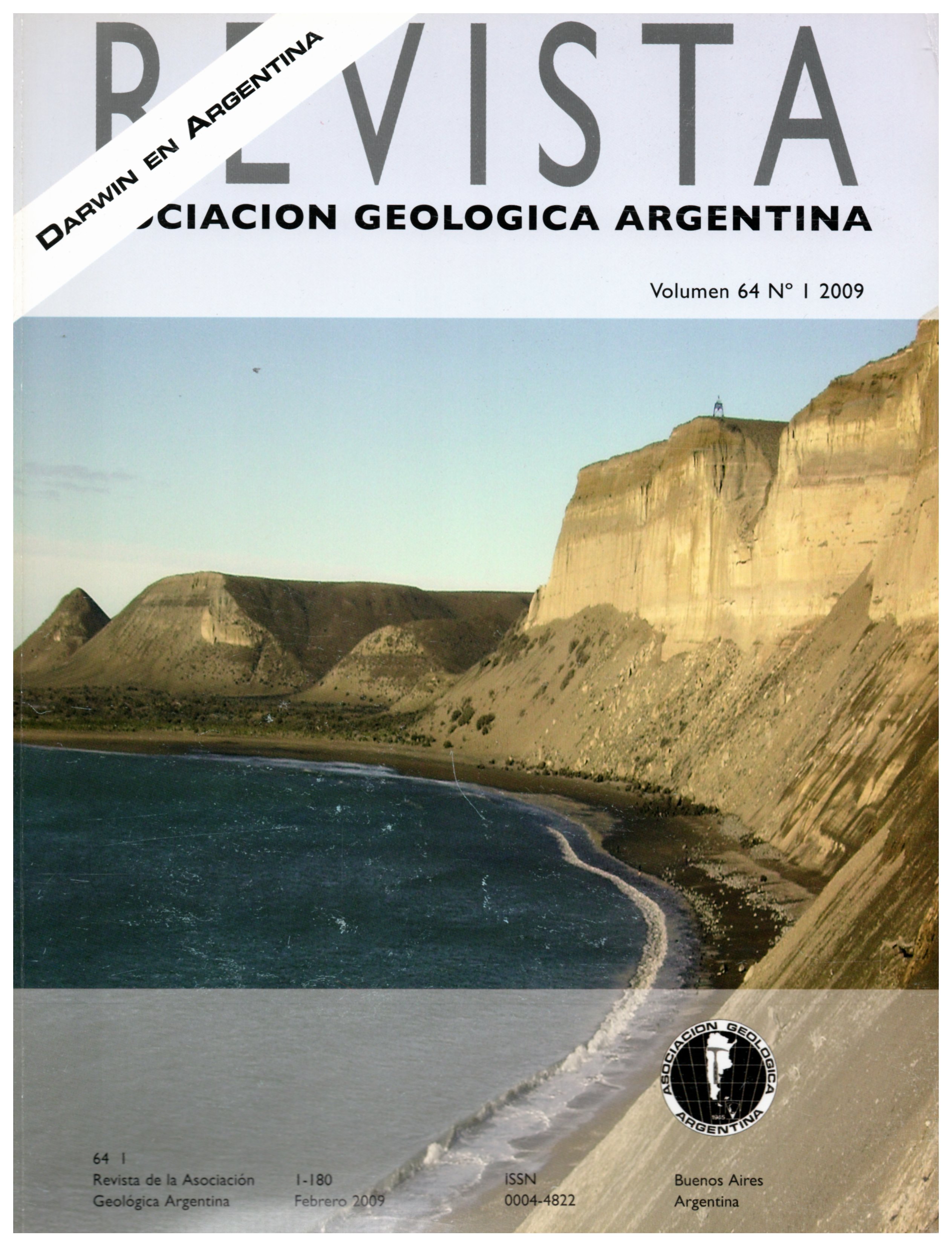Las observaciones de Darwin en Sudamérica: ¿Qué encontró en Agua de la Zorra, provincia de Mendoza?
Contenido principal del artículo
Resumen
A escasos 23 km de Uspallata, a lo largo de la antigua ruta nacional 7, se encuentra la localidad de Agua de la Zorra en la provincia de Mendoza al oeste de Argentina. La región fue explorada por Charles Darwin durante su viaje por Sudamérica en el siglo XIX. Allí descubrió una secuencia geológica conteniendo una paleoflora que no había sido descripta hasta entonces. La flora incluye un importante número de especies y particularmente, un pequeño bosque de coníferas, los que se encuentran silicificados, y en posición de vida. Darwin describió e interpretó la secuencia como sedimentaria; sus notas y descripciones muestran un alto nivel de detalle en las observaciones. Darwin además se cuestionó acerca de los procesos que habrían causado el sepultamiento de la paleoflora, la que de acuerdo a sus deducciones ocurrió en un ambiente sedimentario marino. En el contexto geológico moderno y como consecuencia de un estudio detallado de las rocas que contienen los troncos, se interpreta que el bosque de coníferas fue sepultado por flujos piroclásticos. Darwin fue acertado en describir material volcánico como constituyente esencial del depósito, pero la clave del enigma acerca del origen de la secuencia y el soterramiento del bosque radica en la identificación de las características del depósito. Corresponden a acumulaciones producto del volcanismo fragmentario; que incluye un conjunto de procesos desconocidos al tiempo de las observaciones e interpretación de Darwin.
Detalles del artículo

Esta obra está bajo una licencia internacional Creative Commons Atribución-NoComercial 4.0.
Nota de copyright
Los autores conservan los derechos de autor y garantizan a la revista el derecho de ser la primera publicación del trabajo licenciado según una licencia de atribución Creative Commons que permite a otros compartir el trabajo con el reconocimiento de la autoría y de la publicación en la que se publicó por primera vez.
Declaración de privacidad
Los nombres y direcciones de correo electrónico introducidos en esta revista se usarán exclusivamente para los fines declarados por esta revista y no estarán disponibles para ningún otro propósito u otra persona.

